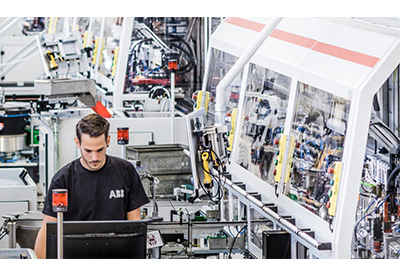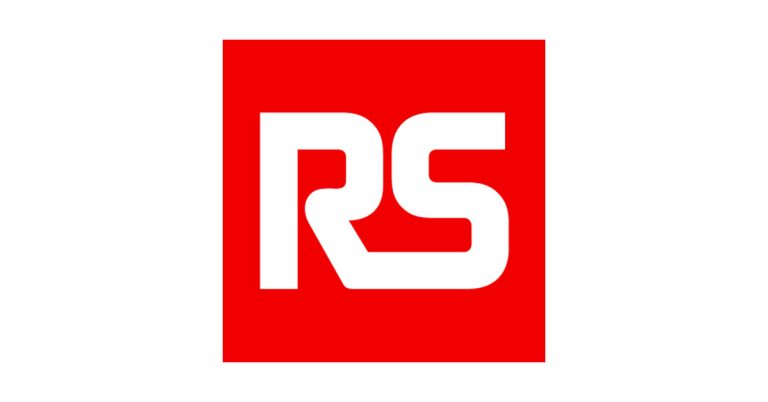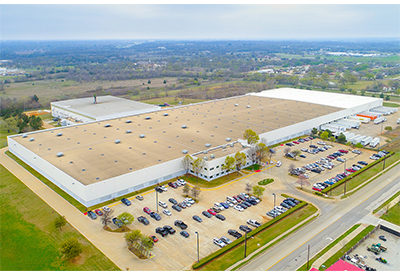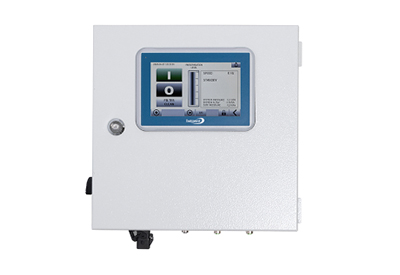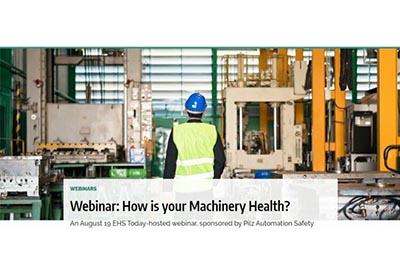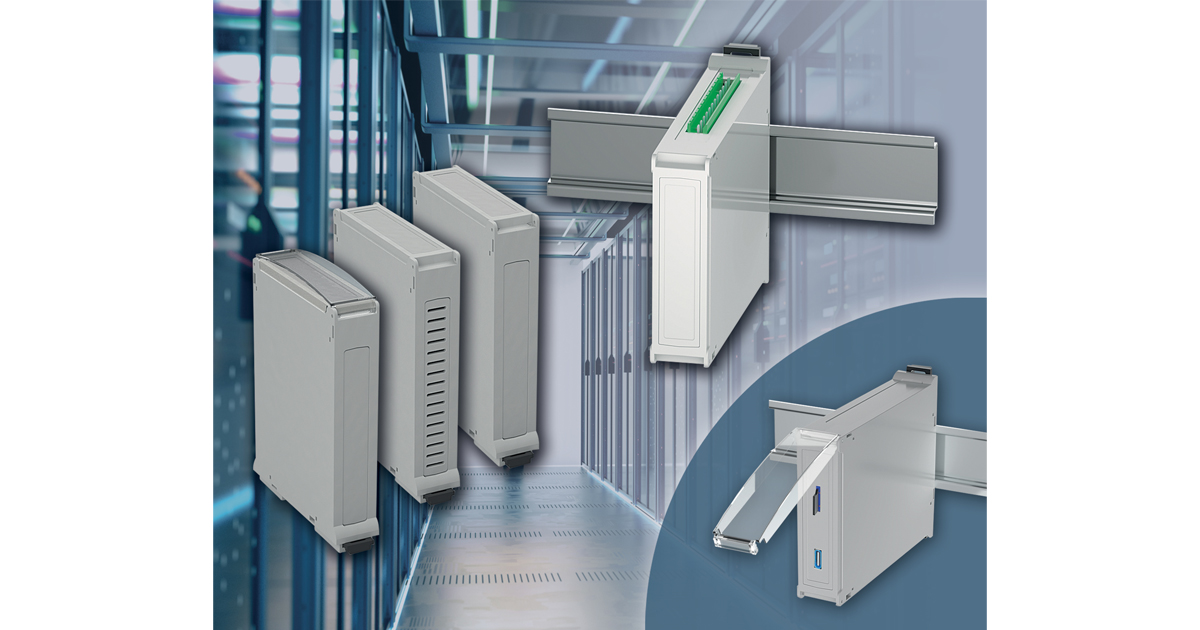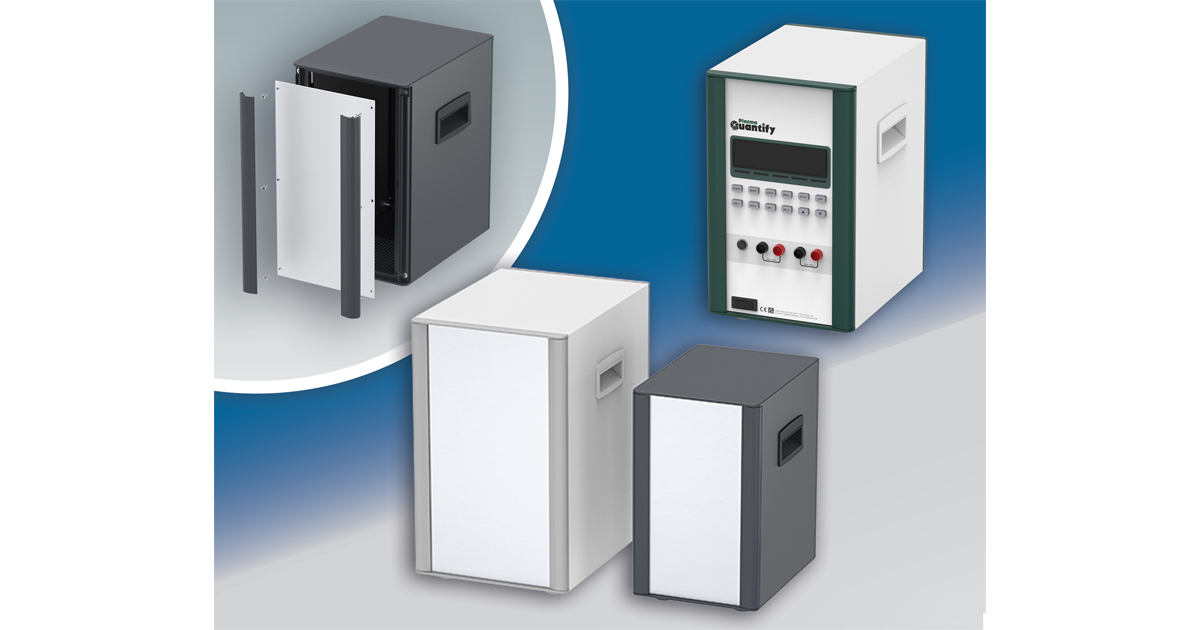Understanding the difference between standard and safety-rated components
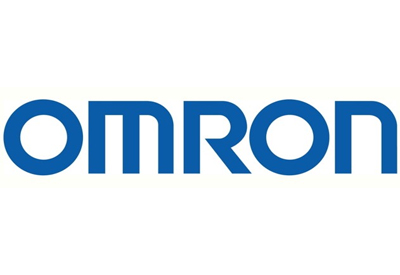
December 16, 2019
It’s usually quite difficult to tell safety-rated components and standard components apart just by their physical appearance. Although they perform similar functions, there are important factors that distinguish them from one another, and these differences are the reason why only safety-rated components are a viable option for use in safety systems.
Since industrial safety systems are responsible for protecting the lives of operators who are working in the vicinity of potentially dangerous machinery, the components used in these systems must be highly reliable and must function in a predictable manner. Following is a list of the qualities and features of safety-rated components.
Safety-rated component must-haves:
- – Safety components must comply with basic safety principles. This goes without saying as they are intended to be part of the safety system.
- – Safety components must undergo stringent inspections for defects. Due to the critical function of protecting personnel from hazards, faulty components are not tolerated as part of the safety system.
- – The mean time to dangerous failure (MTTFd) must be calculated for all safety components. This calculation goes beyond basic mean time to failure (MTTF) to consider any failures that may result in severe harm to personnel, environment or equipment.
- – A B10d evaluation must be performed on all safety components. B10d is the number of operating cycles after which ten percent of components will have failed dangerously, and it forms part of the MTTFd calculation.
- – The diagnostic coverage (DC) must be evaluated for all safety components. This is a calculation of the system’s ability to detect and diagnose possible issues as they arise.
- – Safety components must be evaluated for common causes of failure. Even if a particular component isn’t defective, its normal lifespan and possible method of breakdown must be precisely understood, as all components will break down eventually.
- – Consideration must be given to all external influences and environmental conditions that could cause a systematic failure. Many manufacturing facilities present harsh conditions that can cause components to fail prematurely, and these factors must be precisely understood.
- – The safety category and performance level (PL) must be determined according to ISO 13849-1 and the safety integrity level (SIL) according to IEC/EN 62061-1. These standards present specific requirements for safety systems in which various levels of hazards are present.
The general goal of the requirements for safety-rated components is to ensure that their eventual degradation happens in a predictable and fully understood way and that they “fail to safe” – meaning that any loss of functionality on their part will put hazardous machinery into a safe state by inhibiting its function.
It’s important to note that if you choose to implement a standard component as part of a safety system, then you must assume all the risk associated with it. Most likely, the component hasn’t undergone the extensive testing and validation that would have been performed on a safety-rated component. It then falls upon you to do this testing, which can take a lot of time.
Safety-rated components are validated by third parties (such as TÜV Rheinland) to ensure that they are in compliance with the above requirements. The manufacturer of the components is then responsible for communicating all specifications to the end-user. For this reason, it’s never a good idea to replace a safety-rated component with a standard one.
We can help you comply with international safety standards! Check out our wide-ranging portfolio of safety-rated products that include emergency stop devices, forcibly guided relays, safety door switches and more.

